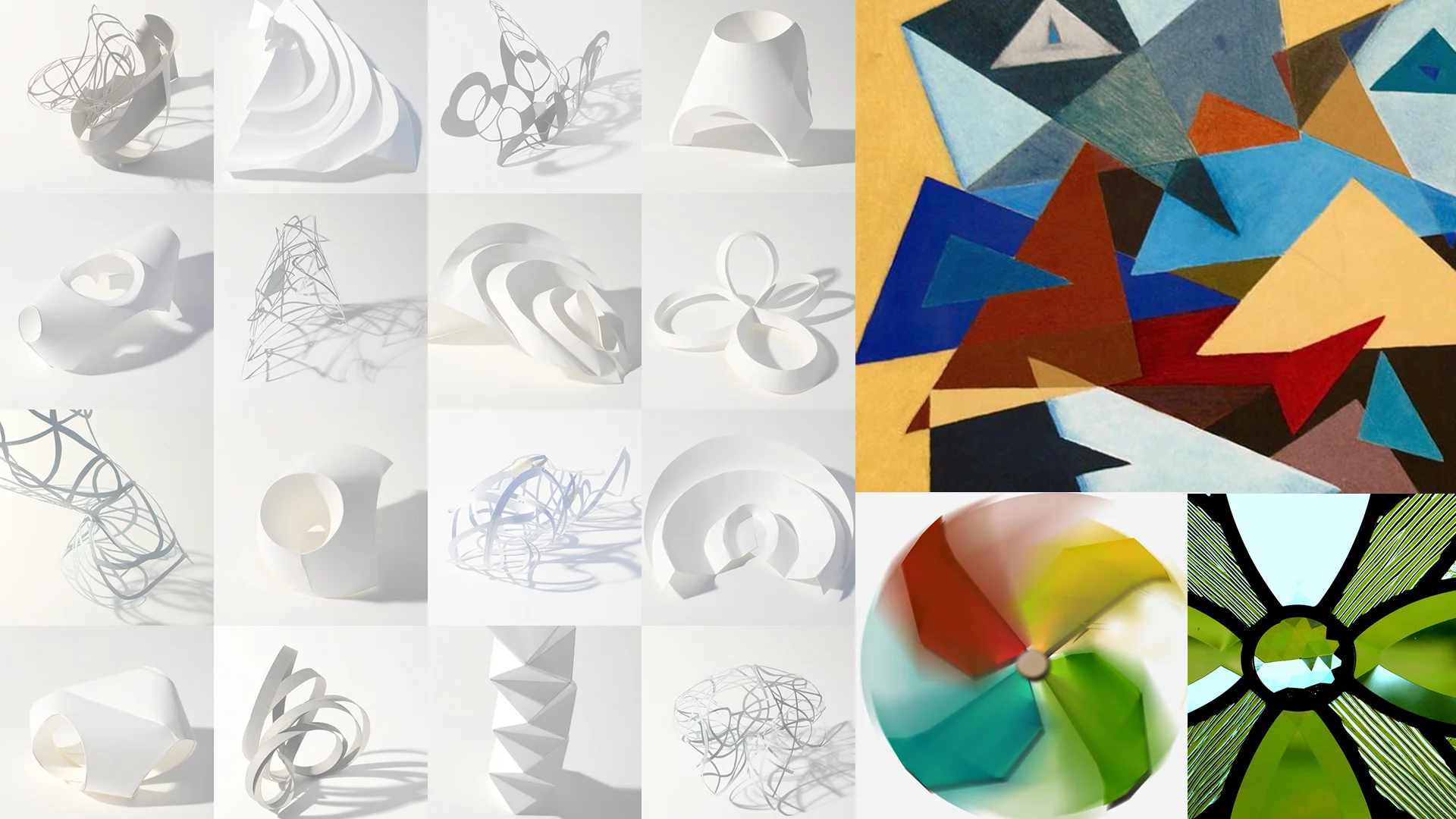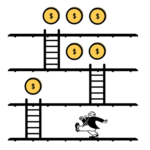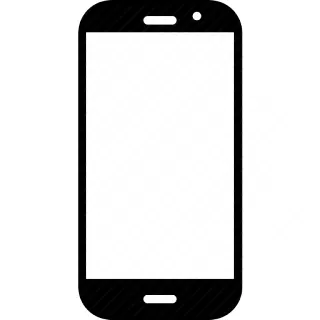Design Inspiration

Design is all about problem solving. Designers think up solutions in their mind and then express them through a combination of compelling visual elements and texts.
There is never a singular ‘right solution’ in design. Designers enjoy the freedom to imagine and come up with authentic, original ideas which solve the problem. Perhaps ‘out of the box’ is not evergreen in any other domain as it is in design.
As too much of anything is bad, too much freedom can pose a challenge for designers too - how to get started?
This is where design inspiration comes into picture.
Design inspiration is an approach to explore various design forms and it marks the beginning of an ideation process. It prepares the conditions to germinate ideas and sets the expectations and perception about the design. Design inspiration has been recognized as a successful method for removing the mental blocks and creating out of the box ideas.
Designers frequently run out of ideas after a brainstorming session or any other ideation technique and keep getting fixated about a certain impression rooted in their past experiences. They often feel that there is an ocean left unexplored but they also feel clueless and helpless in going about it. Here, design inspiration comes in as a very handy tool as it helps the designers to map new ideas and draw the adjectives from the inspiration to achieve the desired goal.
Design Inspiration Techniques
During our study, we have come across two types of design inspiration techniques - intuitive inspiration technique and contemplative inspiration technique. The latter technique is more popular among designers, compared to the former - it provides a clearer picture and detailed information about the design elements.
Intuitive inspiration technique
Intuitive inspiration technique talks about non visual stimuli. This technique has been proven to be really helpful in form exploration and breaking the barriers of conventional thinking. But it lacks in providing more details about the idea, such as appearance and placement of various elements, whereas contemplative technique focuses on visual stimuli and gathers a lot of visual information. This enables the designer to kick start the ideation process swiftly and helps in creating color palettes along with visual elements.
There are few methods under intuitive inspiration techniques such as serendipity and silhouette which gives enough freedom for the users to explore various forms for the design without any hard and fast rule.
Contemplative inspiration techniques
Contemplative inspiration techniques include methods such as mood board and collage, which gives numerous opportunities to draw the characteristics for the design. Whatever characteristics and adjectives are drawn by applying these methods are then translated into design features to create the concepts.
Pushing the mental boundary envelope
Designers are highly creative - rather imaginative - people. However, they also have limits in terms of exploring diverse ideas which are largely dictated by their curiosity quotient, the work environment, exposure, past experiences, knowledge, and the people and content they come across. As per various studies, the following ways can broaden the thinking capacity and push designers to explore ideas from different angles.
-
Meeting people from different domains - It helps designers in looking at the same problem from different angles and generating fresh ideas.
-
Using external stimuli - Going through visuals on Pinterest and other such platforms or listening to songs inspires designers to create out of the box ideas.
-
Exploring new content - When a designer starts looking at content outside the domain, it triggers different perspectives to generate new ideas.
-
Creating a routine - Sometimes a designer’s daily routine puts a bit of pressure on him/her to come out of conventional ways of thinking and exploring different dimensions.
-
Take a break - Designers get exhausted after long sessions of exploration and ideation and find challenging generating new ideas. They must take a break and do some physical activity or have a cup of coffee to blossom new ideas.
Conclusion
Designers are gifted to come up with multiple ideas with reference to the problem on hand, but they are also limited by their mental blocks at times. Design professionals find it difficult to get started now and then; they also find it difficult to generate better and diverse ideas after a certain amount of time and effort, which adversely impact the outcome. Designers can count on inspiration techniques and means which enable them to stretch their idea generation capability beyond the boundaries. This can help them generate out of the box ideas, resulting in awe-inspiring design solutions.
Recent Posts

Gamification of User Interface
Gamification of User Interface “A game is a problem-solving activity, approached with a playful attitude.” - Jesse Schell Gamification is the application of game elements in a non-gaming environment with the intent to motivate users and enhance users’ participation to achieve the desired goal. Gamification is achieved by taking the user experience, emotions…

User Experience through User Interface
User Experience through User Interface User experience design has been the buzz word in the design and communications circle in the recent years. It has also gained acceptance as a practice, nowadays, across a number of interfaces such as websites, E-commerce platforms, project management systems and portals. The corporates are realizing the potential…

Design Research
Design Research “Good design doesn't stem from intuition, talent, or luck (although I'll take a smidgen of each). It comes from research and understanding”.- Author: Anonymous Research is considered to be the foundation and one of the key steps in the design process. It consumes a significant amount of time to clarify the task…
CONTACT US
Follow Us





